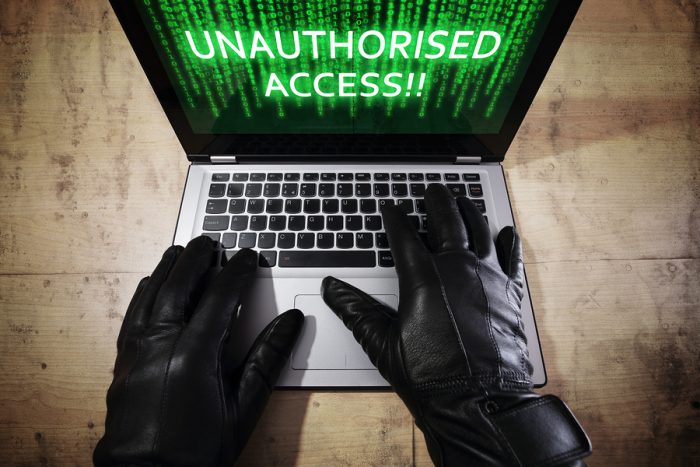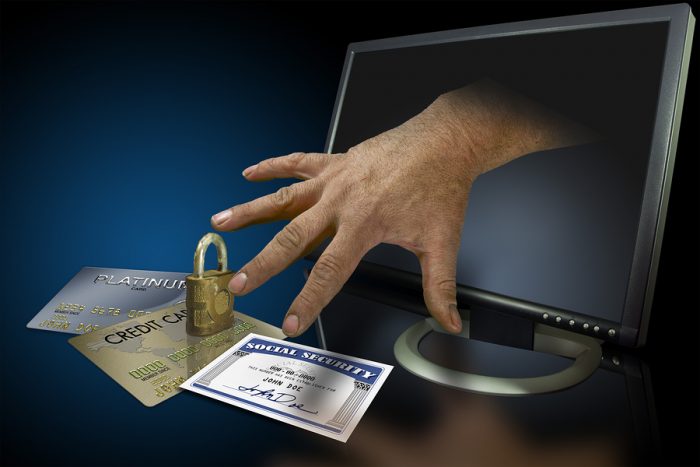
When it comes to identity theft, there’s good news and bad news. The bad news is that anybody can be a victim of identity theft. You don’t have to be rich, famous or even have good credit. Your identity is valuable to thieves, even if your personal financial situation doesn’t seem like something anyone would want for themselves.
The good news is there are a few tips and tricks you can use to significantly reduce the chances of identity theft. Anyone can take these actions. They’re simple, low (or no) cost and – most importantly – they’re effective.
1. Keep Your Private Info… Private
We know. This one sounds like a no-brainer. But you’d be surprised how much information the average person unknowingly puts out into the world. The worst part is an identity thief only needs a few scraps of info in order to do major damage.
For instance, if a thief knows your name and address, they can potentially find out your banking information, any websites you frequent, your social security number and more. Credit cards and loans can be taken out in your name. Crimes can even be committed in your name – leading to arrest warrants and other legal complications.
But there’s no need to live your entire life in fear. Here are some easy ways to keep your private information from falling into the wrong hands:
2. Shred, Shred, Shred
Identity thieves love to “dumpster dive.” This is when someone roots through the garbage in order to find documents with personal information. These documents can be ones you consider important, such as your personal financial statements. They can also be documents you probably pay little attention to, such as unsolicited offers for credit cards.
Any documents which contain personal information should be shredded before you throw them away. You don’t need anything fancy – a basic shredder from an office supply store will do just fine. If you want to be extra careful, separate the shredded material into separate trash bags and throw those bags away at different times. This helps prevent someone from finding your shredded documents and piecing them back together. While this may sound extreme, you can never be too careful when it comes to your personal information.
Related Content:
- Popular Identity Theft Scams To Avoid
- Keeping Your Identity Safe on Hotel Wi-Fi Networks
- Teaching Your Child About Identity Theft
3. Tread Carefully on Social Media
Our Facebook, Twitter and other social media profiles are an important part of most people’s lives. Unfortunately, they can also be a valuable source of information for identity thieves. According to the Better Business Bureau, 54% of all identity thieves use social media accounts as a way to profile a potential victim. Seventy percent of identity thieves use social media to send messages designed to capture personal information from victims.
Keeping your social media profile safe is actually pretty easy. First, you want to set all profiles to private. Next, you don’t want to use the same – or even similar – passwords across multiple platforms. Finally, minimize the amount of personal information you share. Ideally, you don’t even want to put your full name on your profile. Many people don’t want to do that, however. At the very least, don’t put your phone number or address anywhere on your profile. You also want to avoid publicizing your location. If thieves are able to learn when you’re away from home, you run the risk of burglary.
4. Don’t Trust People who Contact You
The popular picture of an identity theft is that of a master hacker with a ton of scary computer skills. The reality, however, is usually a little more low-tech. Identity thieves will often use something called “social engineering.” This is when a person calls you on the phone or sends you an email in an attempt to obtain personal information. They’ll impersonate a bank, financial institution, software company (Microsoft is very popular) or even a law enforcement agency.
Here’s the main thing to remember: No matter how official the email appears or the phone call seems, no company will ever ask you for your password when they contact you. Only give out personal information if you’re the one who initiates contact with the organization (such as visiting their official website or calling an official phone number).
5. Avoid Unsecured Wireless Networks
 Free wireless networks are becoming increasingly popular in bars, restaurants, coffee shops and other public places. While these are certainly convenient, they do carry some risks. According to Scientific American, using an unsecured network makes it easy for thieves to access your computer remotely.
Free wireless networks are becoming increasingly popular in bars, restaurants, coffee shops and other public places. While these are certainly convenient, they do carry some risks. According to Scientific American, using an unsecured network makes it easy for thieves to access your computer remotely.
Unfortunately, security here comes with a bit of inconvenience. Your best option is to simply avoid unsecured networks altogether. If you absolutely must use an unsecured network in a public place, use it for as short as time as possible – but even then you’re still at risk. As for home use, set up a secure wireless network with a password containing letters, numbers and symbols.
6. Subscribe to an Identity Theft Protection Service
Preventing identity theft is important, but not always possible. You also want to be able to recognize and respond to ID theft quickly if it occurs. This helps mitigate the damage. Unfortunately, recognizing identity theft is not always as easy as noticing money missing from your bank account. Many times identity theft involves actions which you’ll never notice unless you’re actively looking.
This is where an identity theft protection service can be a real life-saver. A professional team will monitor your identity across the entire internet. They’ll be able to detect if new accounts are opened in your name. They’ll even be able to monitor internet “black sites” where thieves trade and sell victim’s personal identification. The small cost of a monthly subscription to a protection service can help you prevent the loss of much more if your identity is compromised for a long period of time.
Final Thoughts
Unfortunately, identity theft is a common problem around the world. Staying safe requires a two-part approach. First, you want to minimize the amount of personal information you put out into the world. This includes managing your social media profiles, shredding important documents and treating any incoming calls and emails with healthy suspicion. But you also want to have a plan in place so you can quickly act if your identity is ever stolen. This plan should probably include the use of an identity theft protection service. Together, this two-part solution should help you keep your identity safe and secure.




